|
Shade taking is essential in dental restorations and is a combination of art, science and experience of the restorative dentist and dental technician. It involves managing patient expectations against managing what is realistically achievable. If done in a systematic approach, it can ensure accuracy, consistency and predictable results. What is a 'Vita Classical' shade guide?The VITA classical A1 – D4 shade guide serves to accurately determine tooth shade. The arrangement of the shades in the VITA classical family of shades is as follows:
What elements makes a tooth shade? There are three elements to a shade: Hue is the colour, chroma is the concentration or saturation of a hue (intensity) and value is the lightness and darkness of hue. Hue (colour) is differentiated by letters A, B, C and D. Each hue has a different chroma and value levels referred to as numbers 1, 2, 3 and 4 (1 high in value and low in chroma, 4 is low in value and high in chroma). There are essentially 3 parts to a tooth shade, the neck (cervical), body and incisal area . Determine the body shade first and then neck and incisal shade. This will ensure a smooth transition in shades to blend in naturally with the adjacent teeth. Shade matching for IPS e.max: IPS e.max has a high level of translucency and allows more light to pass through which can allow underlining tooth structure (prepped tooth / core) to show through the restoration and can compromise the shade of the restoration. Use a stump shade guide to determine underlining prepped tooth structure, this allows us to match the stump shade to the restoration shade. We utilise the stump shade information to make sure the restoration masks off the underlining tooth structure and make sure there is no show-through or shade change to the ceramic from the underlying tooth structure. This will allow for optimum aesthetics of colour tone which matches the desired shade and translucency effect of the restoration and harmonise with natural adjacent teeth. www.bremadent.co.uk/ips-emax Shade matching for Zirconia:Zirconia is more opaque in nature and masks the underlying tooth structure. Layered zirconia use a zirconia substructure and allows less to none show-through from the underlying tooth structure and is milled into the desired shade to mask the underlining tooth structure and is then layered with ceramic. www.bremadent.co.uk/layered-zirconia-crowns-cercon www.bremadent.co.uk/full-contour-zirconia-crowns Shade matching for Porcelain Bonded Crowns: Porcelain bonded crowns use a metal substructure which is opaqued to the desired shade to mask the underlying tooth structure and is then layered with ceramic in the correct shade. Naturally they tend show through a greyish – greenish shade towards the neck and marginal areas due to the limitations of thickness (parameters of the crown, buccal profile, contact area, bulk etc) around the marginal area that can mask the metal substructure. www.bremadent.co.uk/porcelain-bonded Shade matching for Prosthetics:Teeth in prosthetics are of a similar shade to Crown & Bridge but are made in acrylic which varies to the shades of ceramic as it’s solid acrylic and has higher values in hue and chroma. Dependent on the tooth manufacture they are layered with dentine and enamel acrylic and in the higher priced region a translucent layer over the dentine and enamel. They come in Vita classical shades. www.bremadent.co.uk/prosthetics-dentures Tips for shade matching (shade taking) chair side:
www.bremadent.co.uk/shade-matching
0 Comments
Your comment will be posted after it is approved.
Leave a Reply. |
Private Dental Laboratory in London
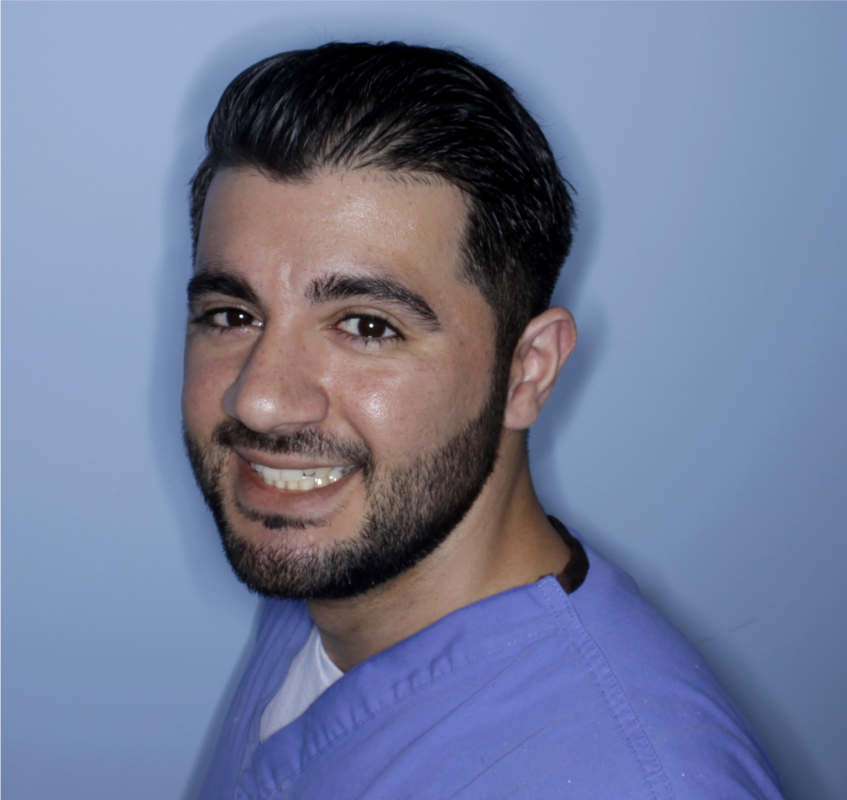 Kash Qureshi - Managing Director, Clinical Dental Technician Kash Qureshi - Managing Director, Clinical Dental Technician
About the author:
Kash Qureshi is a Clinical Dental Technician (Denturist) in the U.K who oversees and quality controls over 3000+ fixed and removable prosthesis including implant cases from a clinical and technical aspect monthly at Bremadent Dental Laboratory & Swissedent Denture Clinic in London. www.swissedent.co.uk www.bremadent.co.uk [email protected] Categories
All
Archives
May 2024
|

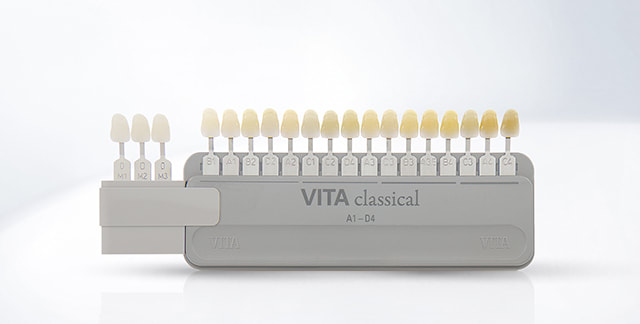
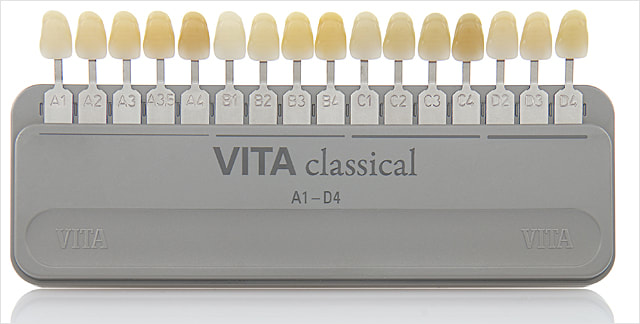
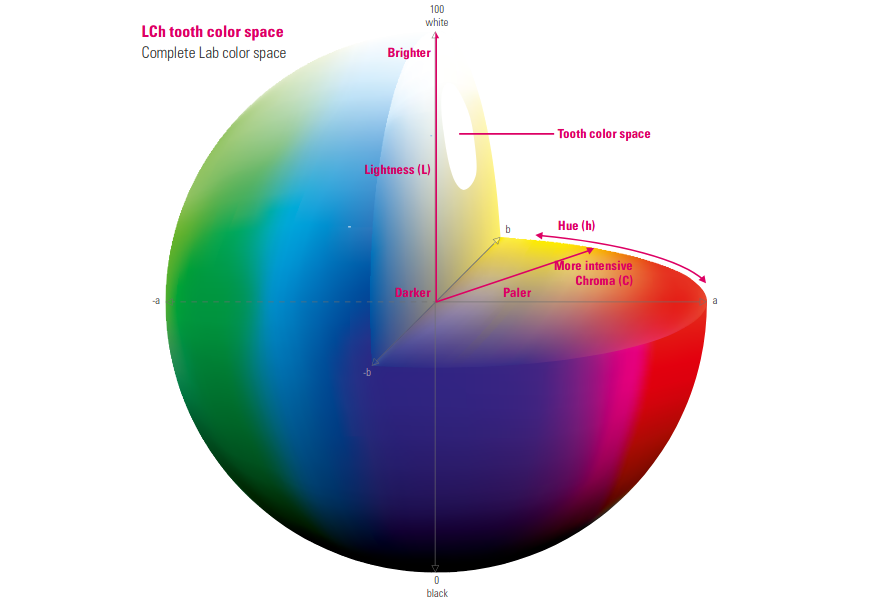
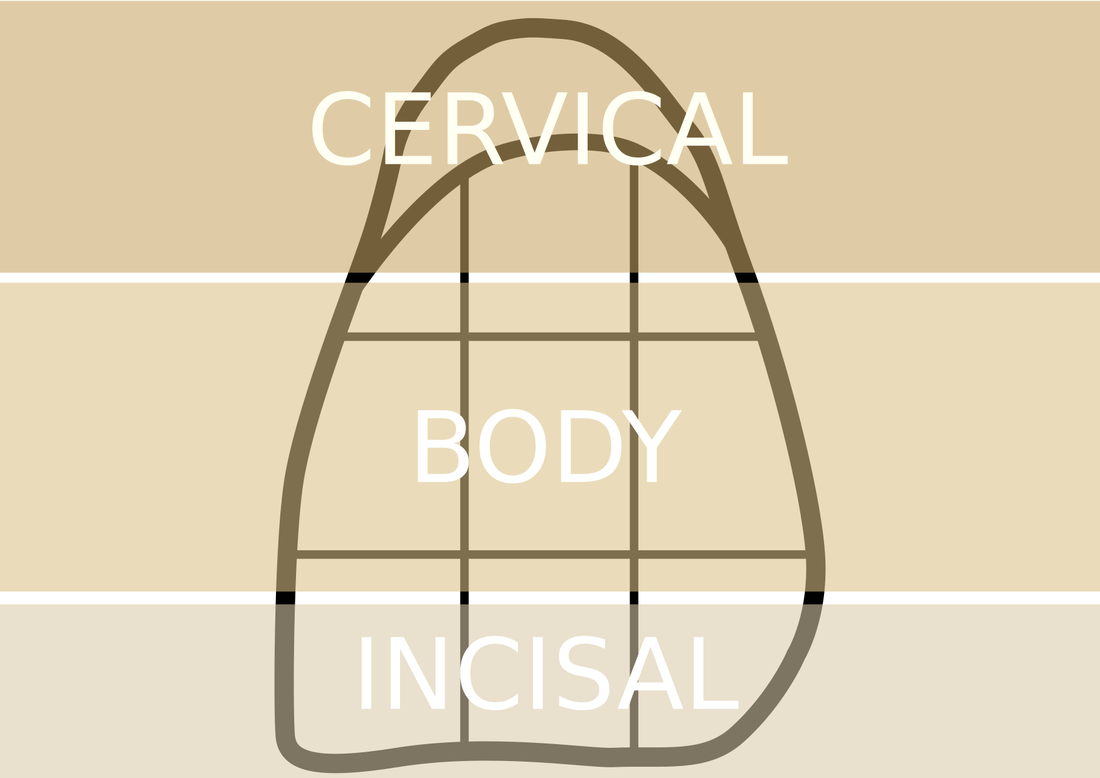
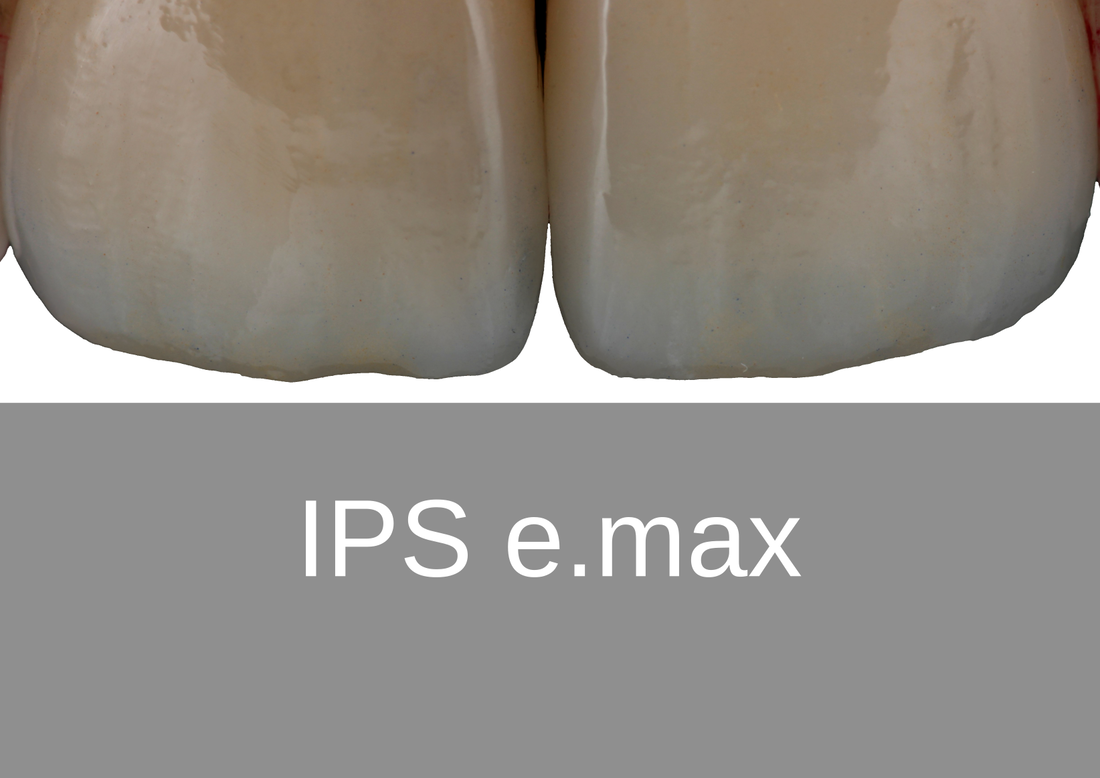
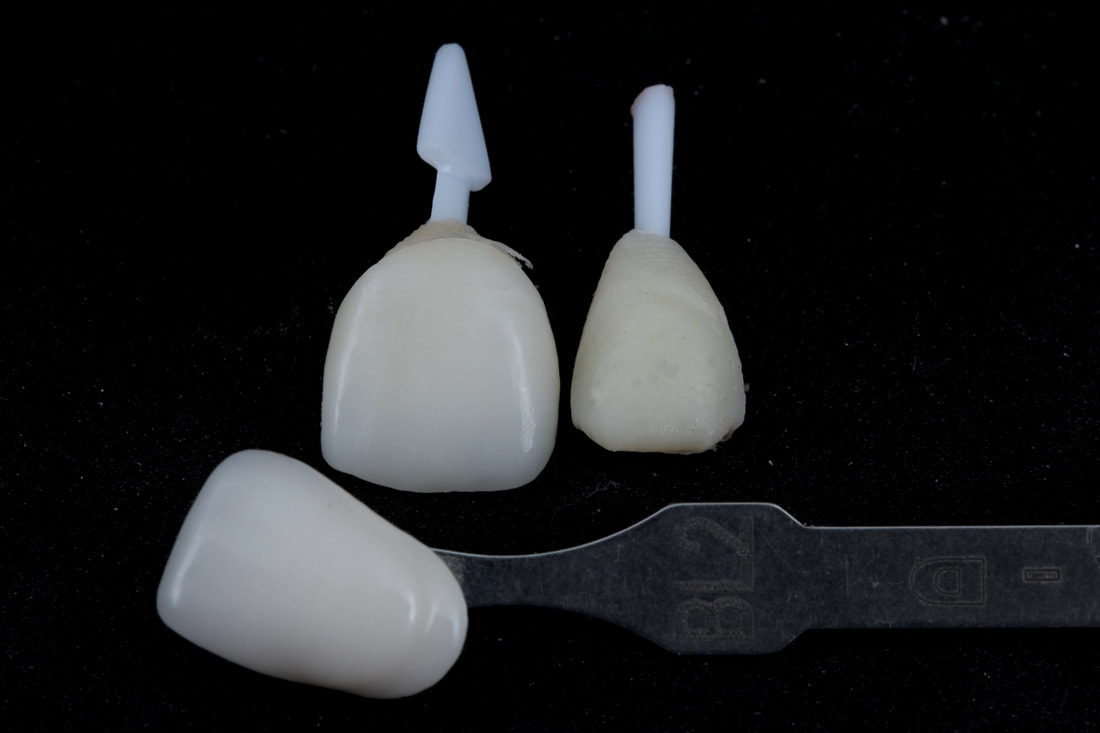
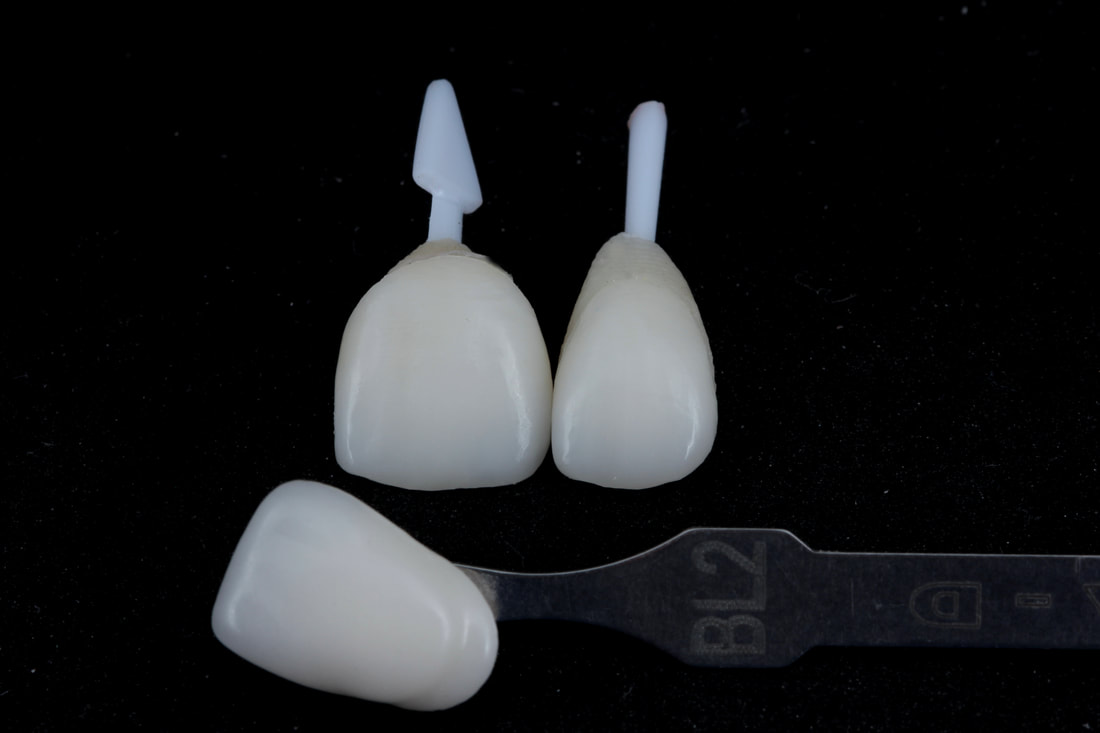
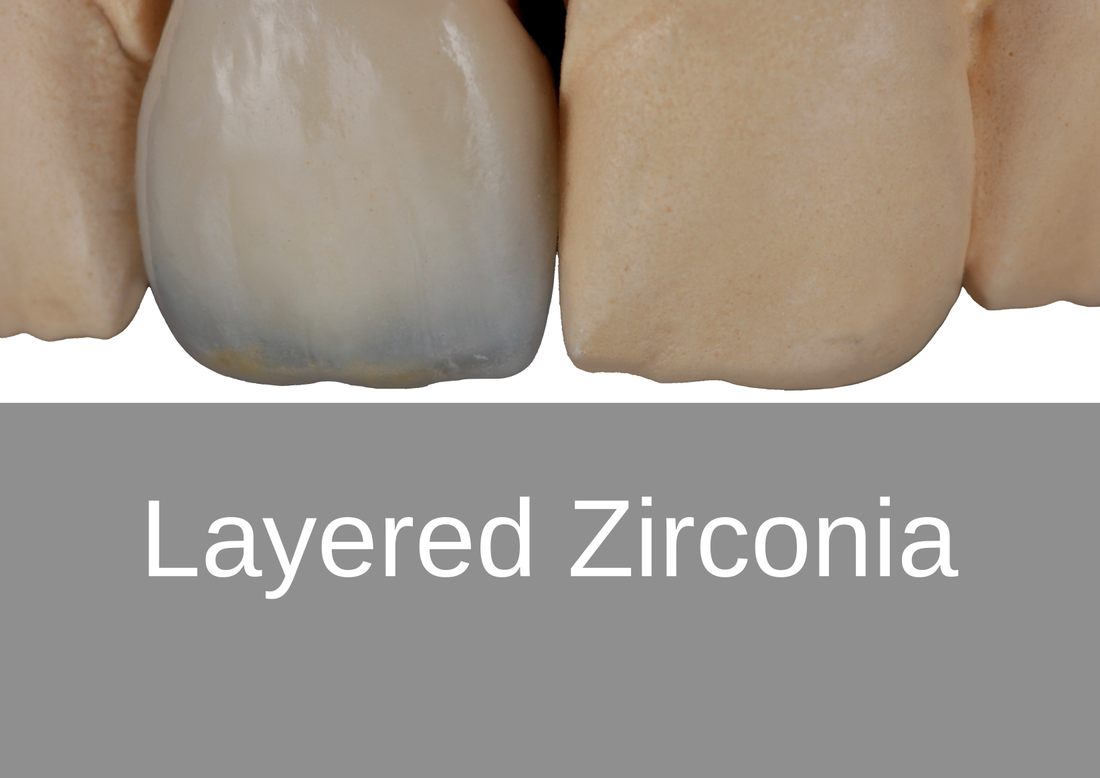
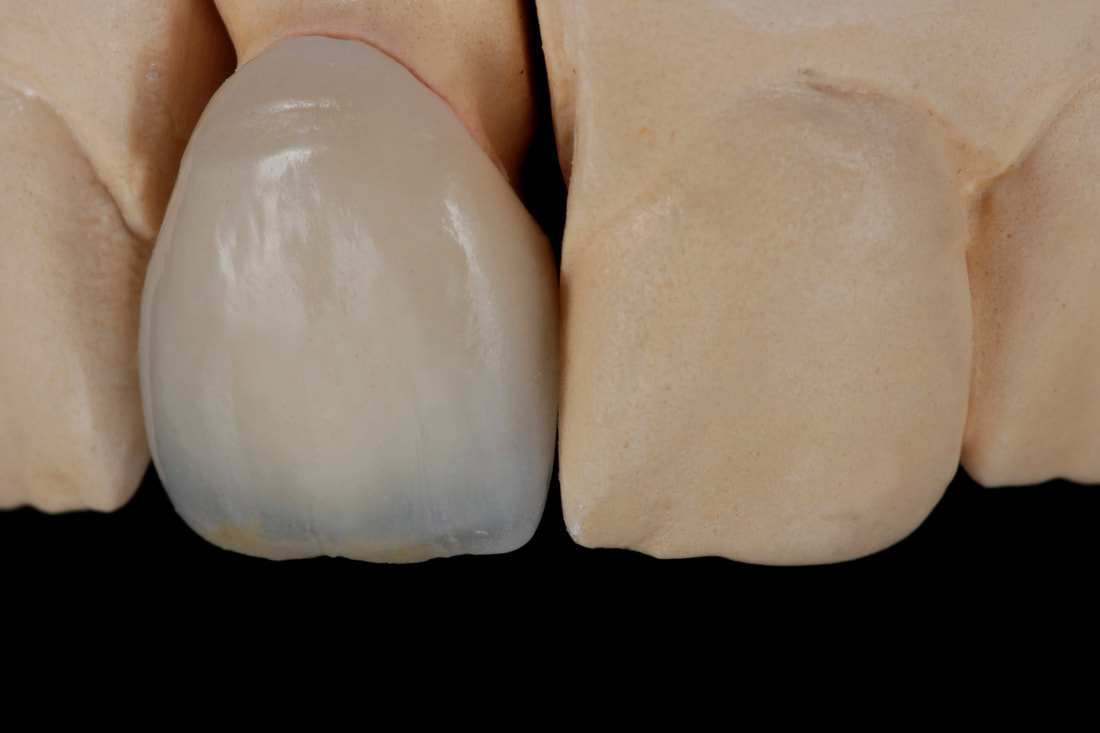
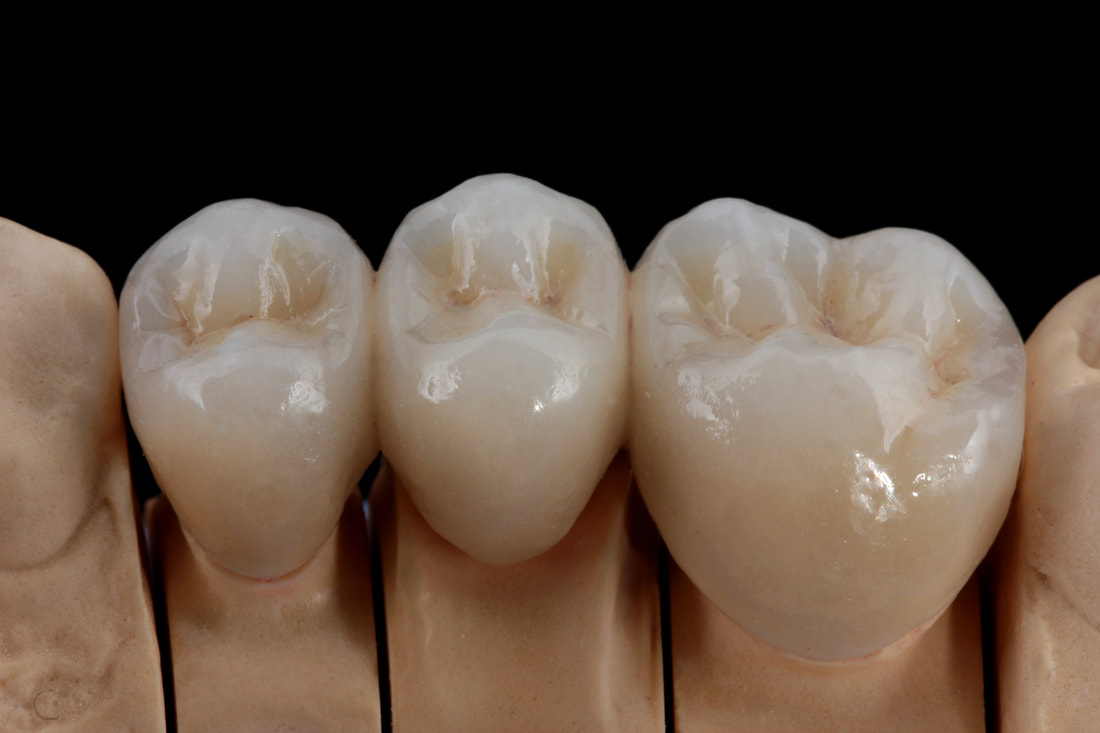
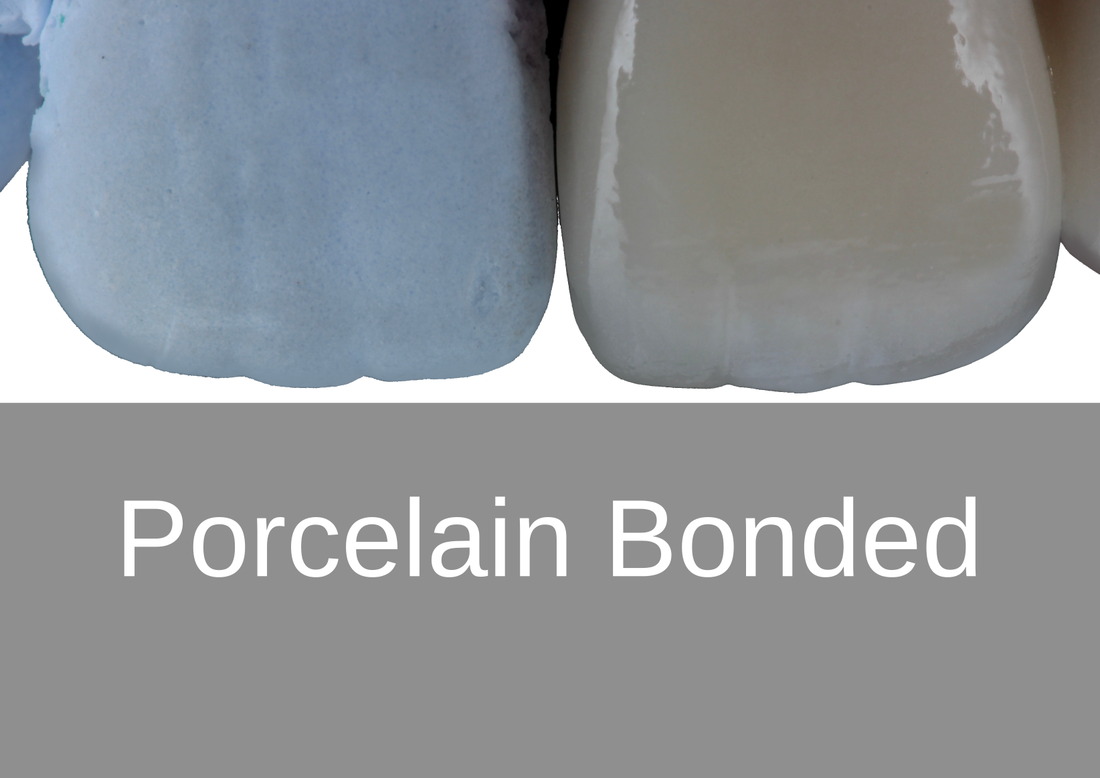
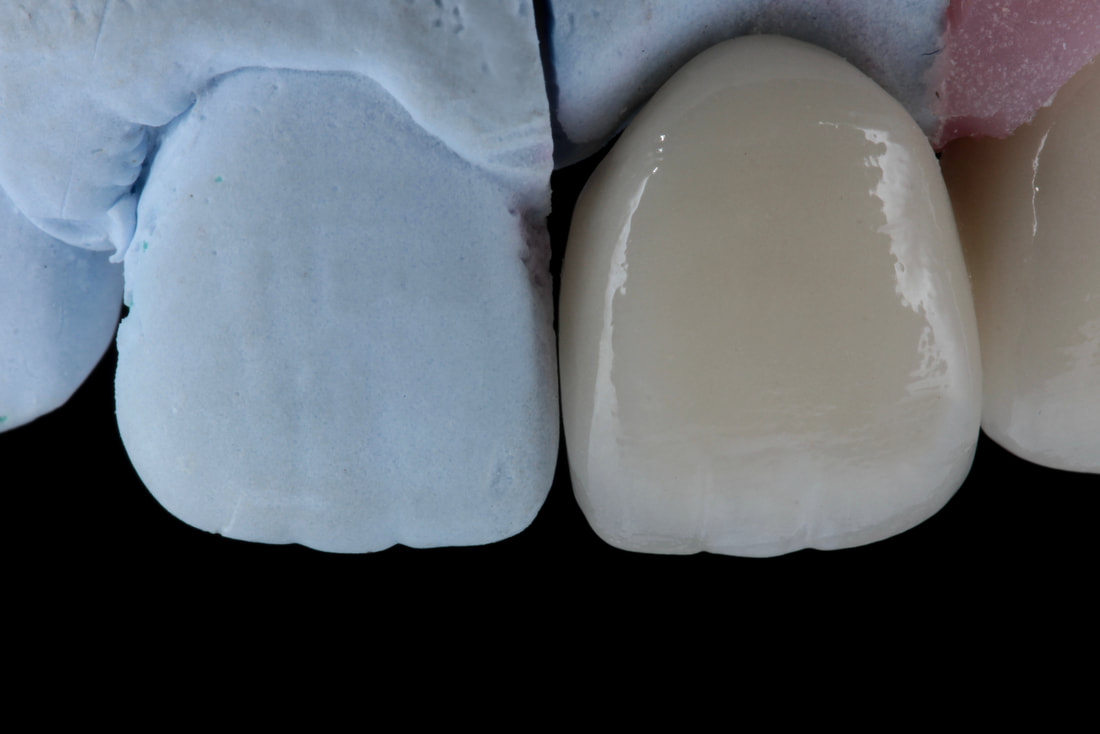
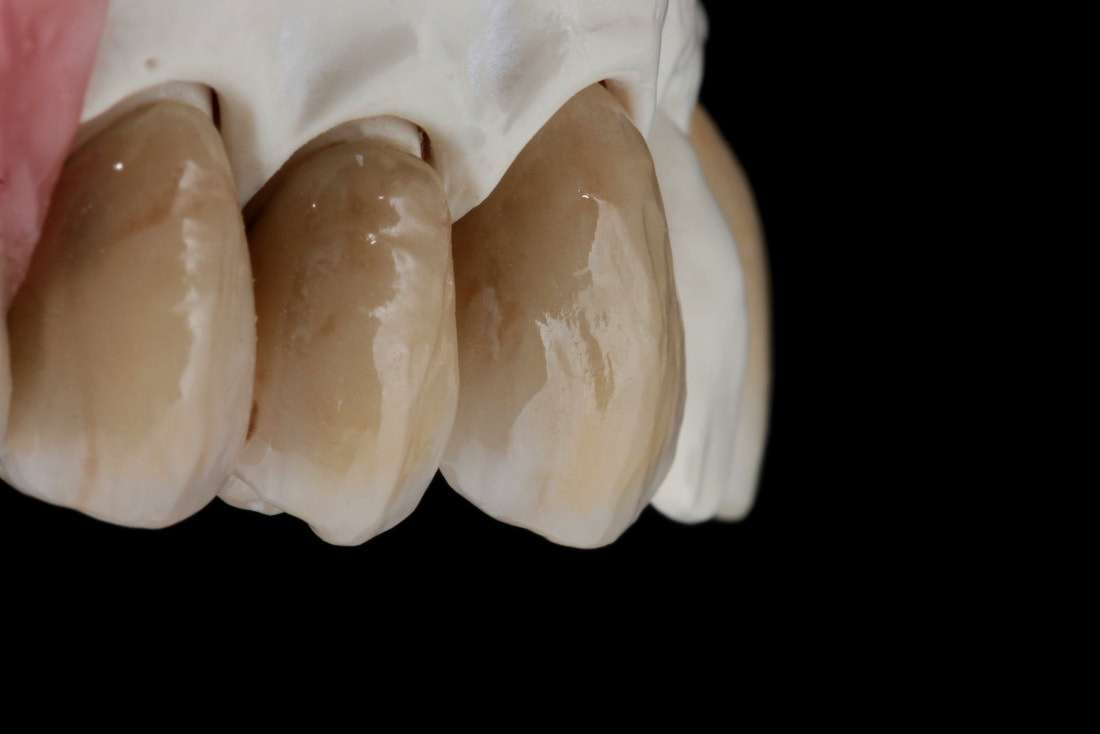
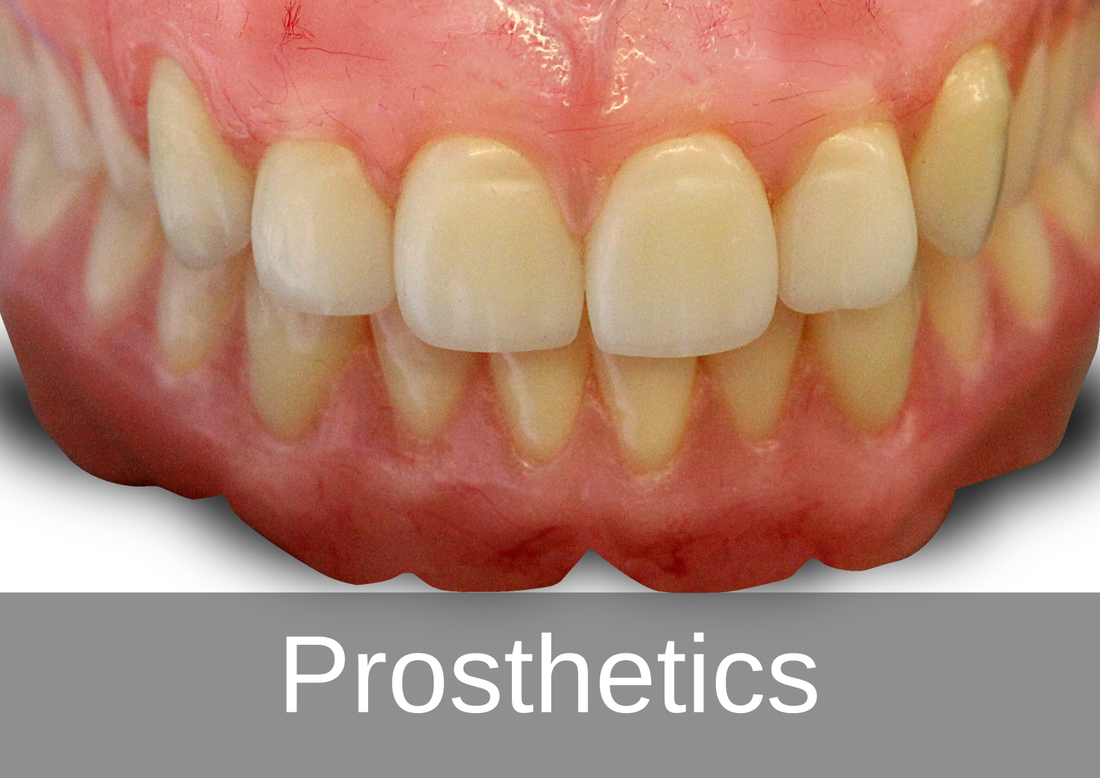
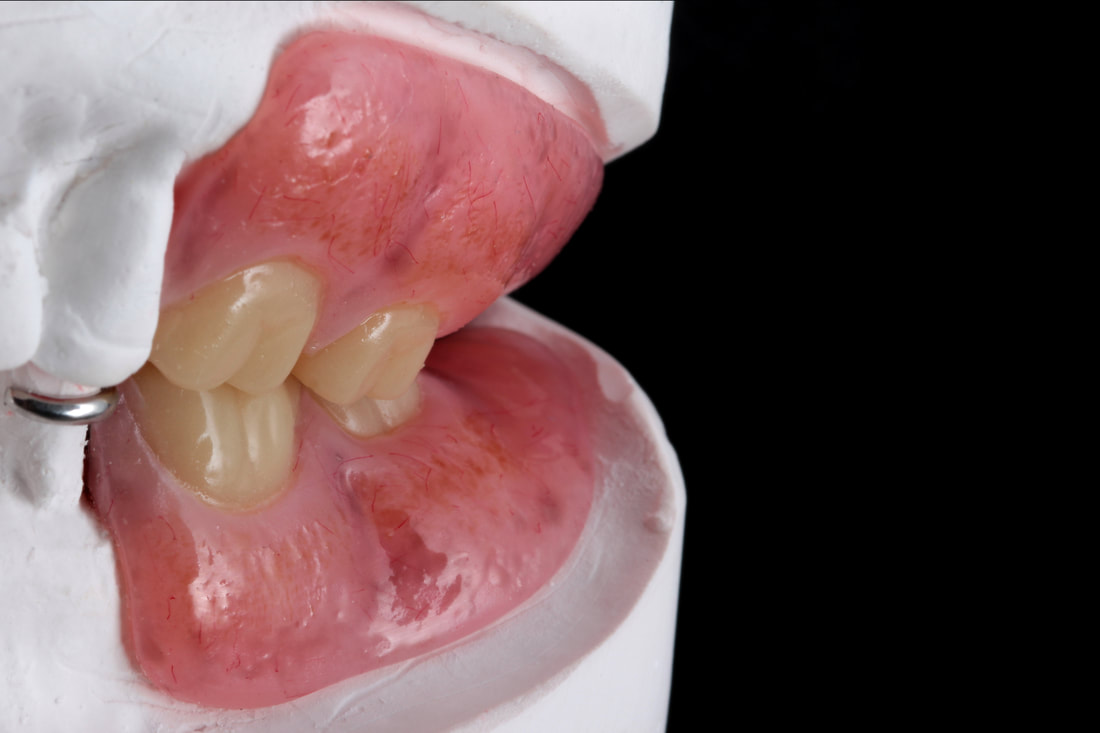
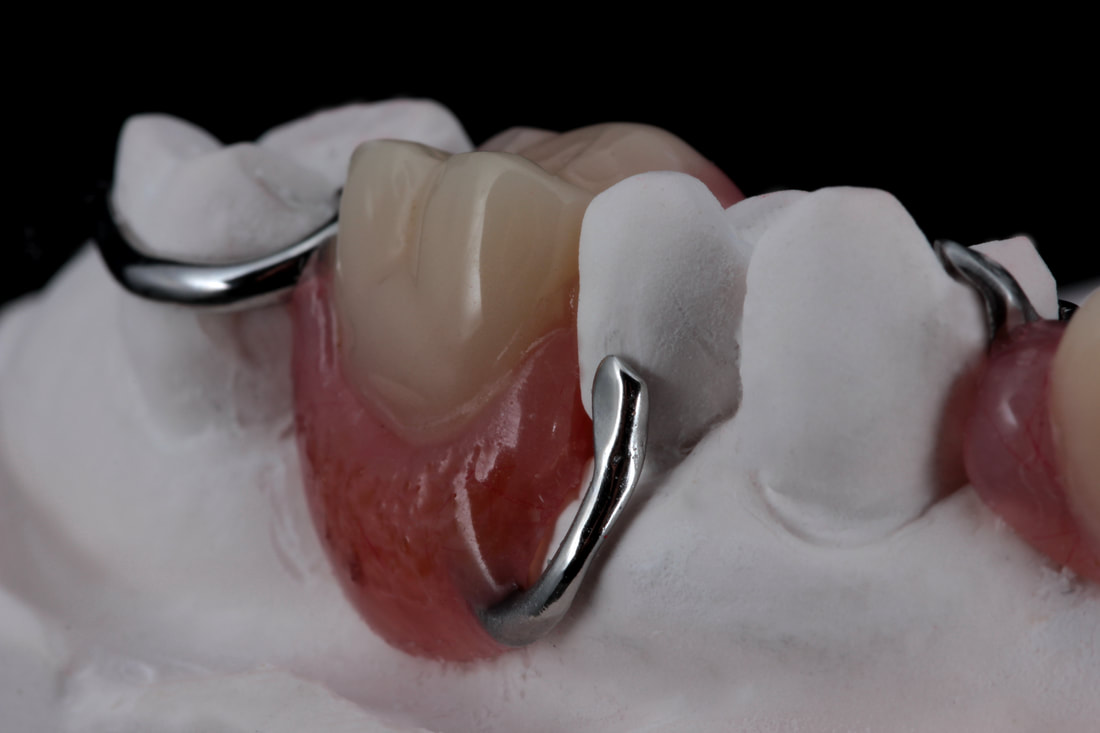

 RSS Feed
RSS Feed